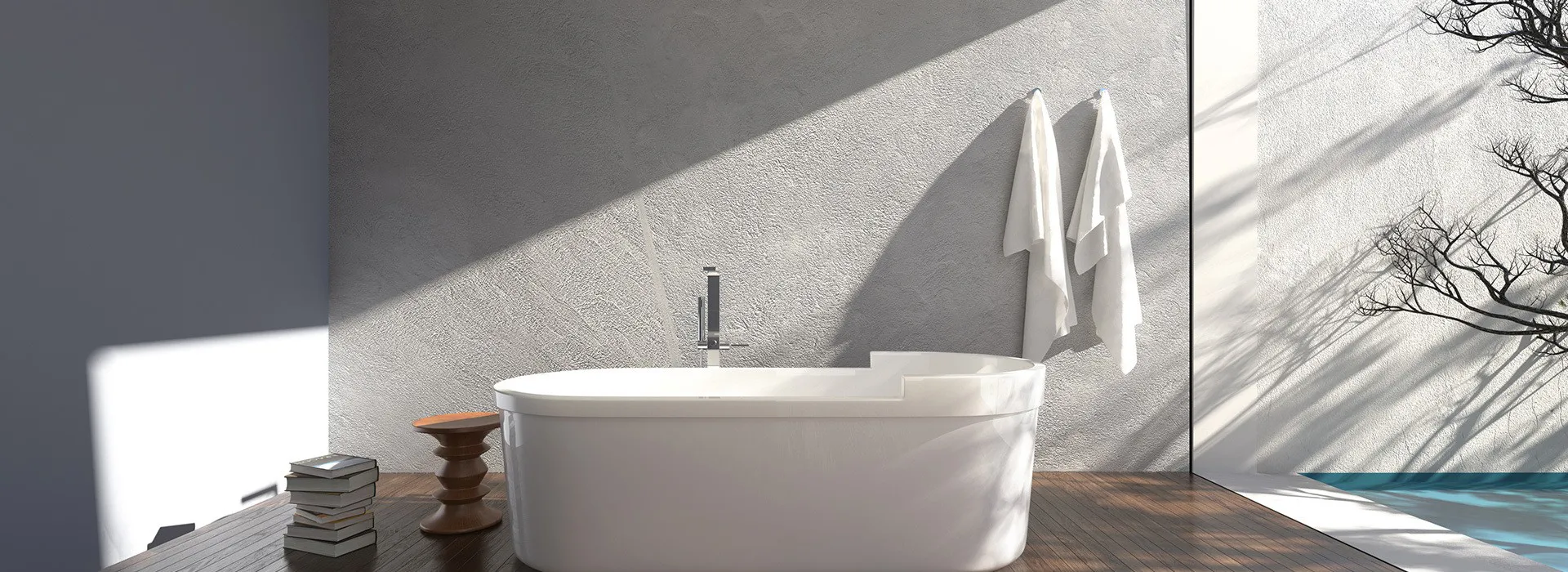
Knowledge
PPR Pipes and Fittings: The Future of Sustainable Plumbing Solutions
Release time : March 12 2025
PPR pipes and fittings, made from polypropylene random copolymer, are becoming increasingly favored in the construction and interior design sectors. Their versatility and durability make them an ideal choice for various plumbing applications. One of the standout features of PPR materials is their exceptional resistance to corrosion and scaling, which ensures a longer lifespan compared to traditional materials like metal pipes.
One of the primary advantages of PPR pipes and fittings is their lightweight nature. This attribute not only simplifies the transportation and handling process but also reduces the overall installation time. Additionally, the ease of installation is significantly enhanced due to the socket welding or electrofusion methods commonly used, which create secure joints that minimize the risk of leaks.
PPR pipes are renowned for their high thermal stability, which makes them suitable for both hot and cold water systems. They can typically withstand temperatures up to 95°C (203°F), making them an excellent choice for heating systems in buildings. Furthermore, the insulating properties of PPR pipes help in maintaining the temperature of the fluids they carry, which can contribute to energy efficiency in heating and cooling applications.
Another critical aspect of PPR pipes and fittings is their environmental friendliness. Being 100% recyclable, they align with the growing emphasis on sustainability in the construction industry. The production of PPR materials involves lower energy consumption compared to metal or PVC alternatives, further reinforcing their eco-friendly credentials.
In terms of cost-effectiveness, PPR pipes require minimal maintenance throughout their lifespan. Unlike metal pipes that may require periodic treatment against rust and corrosion, PPR systems remain unaffected by the typical issues associated with water quality. This durability reduces the overall lifecycle costs for building projects.
Furthermore, PPR pipes and fittings are available in various sizes and diameters, making them adaptable to a wide range of applications, from residential plumbing to industrial uses. Their smooth internal surface minimizes friction losses, which allows for efficient fluid flow and reduces energy consumption in pumping applications.
In summary, the advantages of PPR pipes and fittings—such as their durability, lightweight nature, thermal stability, and environmental benefits—make them a top choice for modern plumbing solutions. As the construction and decoration industries continue to seek sustainable and efficient materials, PPR pipes are well-positioned to play a crucial role in shaping the future of building practices.
One of the primary advantages of PPR pipes and fittings is their lightweight nature. This attribute not only simplifies the transportation and handling process but also reduces the overall installation time. Additionally, the ease of installation is significantly enhanced due to the socket welding or electrofusion methods commonly used, which create secure joints that minimize the risk of leaks.
PPR pipes are renowned for their high thermal stability, which makes them suitable for both hot and cold water systems. They can typically withstand temperatures up to 95°C (203°F), making them an excellent choice for heating systems in buildings. Furthermore, the insulating properties of PPR pipes help in maintaining the temperature of the fluids they carry, which can contribute to energy efficiency in heating and cooling applications.
Another critical aspect of PPR pipes and fittings is their environmental friendliness. Being 100% recyclable, they align with the growing emphasis on sustainability in the construction industry. The production of PPR materials involves lower energy consumption compared to metal or PVC alternatives, further reinforcing their eco-friendly credentials.
In terms of cost-effectiveness, PPR pipes require minimal maintenance throughout their lifespan. Unlike metal pipes that may require periodic treatment against rust and corrosion, PPR systems remain unaffected by the typical issues associated with water quality. This durability reduces the overall lifecycle costs for building projects.
Furthermore, PPR pipes and fittings are available in various sizes and diameters, making them adaptable to a wide range of applications, from residential plumbing to industrial uses. Their smooth internal surface minimizes friction losses, which allows for efficient fluid flow and reduces energy consumption in pumping applications.
In summary, the advantages of PPR pipes and fittings—such as their durability, lightweight nature, thermal stability, and environmental benefits—make them a top choice for modern plumbing solutions. As the construction and decoration industries continue to seek sustainable and efficient materials, PPR pipes are well-positioned to play a crucial role in shaping the future of building practices.
Tags:
Recommended News
March 03 2025
March 03 2025
November 11 2021
November 11 2021
November 11 2021
November 11 2021
November 11 2021
January 01 2022
July 07 2022
March 03 2025
X

